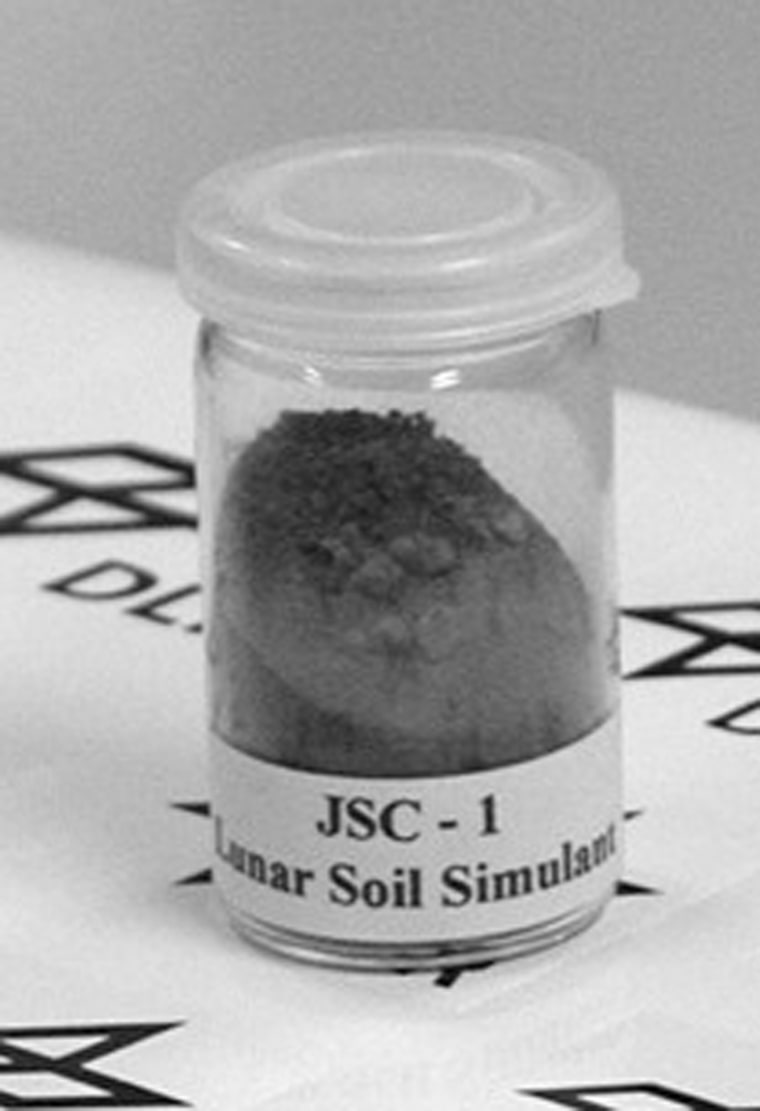NASA has promised a cool $250,000 for the first team capable of pulling breathable oxygen from mock moon dirt, the latest award in the space agency’s Centennial Challenges program.
The cash prize is the reward for winners of the agency’s Moon Regolith Oxygen challenge, or MoonROx, the third contest set by NASA to encourage commercial space industry.
““It our hope to kind of seed some of the long-term technologies that we’re going to need for future exploration,” Brant Sponberg, NASA’s Centennial Challenges program manager, said in a telephone interview.
In the MoonROx contest, NASA and the Florida Space Research Institute challenge inventors to pull at least 11 pounds (5 kilograms) of breathable oxygen from a volcanic ash-derived lunar soil substitute called JSC-1.
But it doesn’t end there. Participants not only have to extract the oxygen, but must accomplish the feat within eight hours. The competition expires June 1, 2008.
“Oxygen extraction technologies will be critical for both robotic and human missions to the moon,” said Sam Durrance, executive director for the Florida Space Research Institute. “Like other space-focused prize competitions, the MoonROx challenge will encourage a broad community of innovators to develop technologies that expand our capabilities.”
Earlier this year, NASA detailed two other centennial challenges.
The 2005 Beam Power Challenge will award $50,000 to the first team that can use wireless technology to lift a weight off the ground. Such technology could eventually be employed to beam payloads off Earth.
Meanwhile, the 2005 Tether Challenge calls for teams to build the strongest tether of a specific diameter. The tethers will each be stretched to the breaking point, with winners advancing through the ranks toward a final showdown with NASA’s “house tether,” made of existing material. Beat the “house tether” and you snag $50,000.
NASA plans to set aside about $80 million towards Centennial Challenge prizes over the next five years to encourage private space technology development. Partly spurred by the $10 million Ansari X Prize for a private, manned suborbital spaceflight — which was snared last year by Scaled Composites’ SpaceShipOne — the cash prize is also geared to help support NASA’s space exploration vision.
That vision, announced by President Bush on Jan. 14, 2004, calls for a resurgence of human missions to the moon by 2020, as well as the ultimate push out to Mars and beyond.
“The use of resources on other worlds is a key element of the vision for space exploration,” Craig Steidle, NASA’s associate administrator for the exploration systems mission directorate, said in a statement. “This challenge will reach out to inventors who can help us achieve the vision sooner.”
Sponberg said that more challenges will be announced in upcoming weeks, and may include additional contests to develop off-planet resource utilization tools or astronaut support systems.
Other front-runners for near-term contests could challenge innovators to develop a better spacesuit glove or an unmanned, lighter-than-air vehicle that could one day lead to a Venus or Mars probe.
Longer-term challenges may call for full-up space missions or complex demonstrations, such as a high-precision landing, Sponberg added.
“I think it adds great dimensions to our [exploration vision],” Sponberg said of the Centennial Challenges program. “It’s a great way to reach out to innovators that we couldn’t before.”
